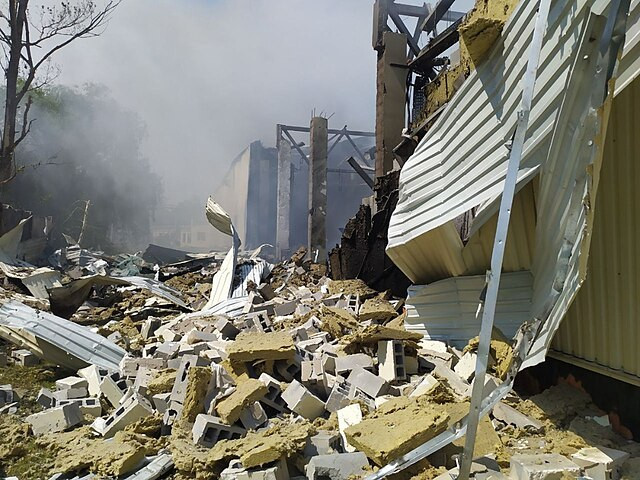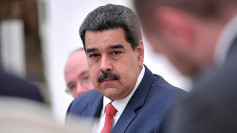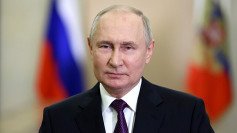Recent artillery and drone attacks in Russian-occupied eastern Ukrainian territories of Kherson and Luhansk have resulted in significant casualties. Russian-installed officials claim that at least 28 people were killed in these regions due to Ukrainian strikes, which utilized Western-supplied weaponry. The international community has not recognized Russia's claim over these territories, except for limited recognition from North Korea and Syria.
Vladimir Saldo, the Russian-appointed governor of Kherson, detailed an attack on the small town of Sadove, alleging that Ukrainian forces targeted a grocery store packed with civilians using a French-made bomb followed by an American-supplied HIMARS missile. This strike, he claimed, was deliberately timed to maximize civilian casualties-a tactic he described as a "double-tap" strike.
Concurrently, Leonid Pasechnik, the Russian-installed head of the Luhansk People's Republic, reported another lethal incident in the regional capital of Luhansk, which resulted in six deaths and numerous injuries following a Ukrainian missile strike.
The Russian Foreign Ministry, through spokeswoman Maria Zakharova, labeled these strikes as "cynical and bloody crimes," attributing direct blame to Washington for providing the munitions used in these attacks. Zakharova's remarks underscore the deepening geopolitical rift and the contentious use of Western weaponry in the conflict.
On the Ukrainian side, officials dismissed these accusations as distortions. Oleksandr Prokudin, head of the military administration in Kherson, critiqued the Russian claims as propaganda, noting inconsistencies in the reported timing of the attacks. Artem Lysohor, head of Luhansk's military administration, argued that Ukrainian forces targeted only military infrastructure and suggested that Russian air defense systems inadvertently caused civilian casualties by intercepting missiles over populated areas.
The ongoing exchanges between Russia and Ukraine have not been limited to ground assaults. According to Russia's Ministry of Defense, a significant number of Ukrainian drones were engaged and destroyed over Russian territory, including in the southern Kuban and Astrakhan regions and the annexed Crimean peninsula. For the first time, Ukrainian drones were reported to be downed over North Ossetia in the North Caucasus, far from the front lines, indicating a broadening scope of the aerial conflict.
Ukraine's air defense capabilities were also tested as they intercepted several Russian drones targeting the Poltava, Zaporizhzhia, Dnipropetrovsk, and Kharkiv regions, highlighting an intense and ongoing aerial duel that complements the ground operations.
The human toll of this conflict was further highlighted by the UN Human Rights Monitoring Mission in Ukraine (HRMMU), which noted a significant 31% increase in civilian casualties in May, with a considerable number occurring in the Kharkiv region where a new Russian offensive began on May 10. Danielle Bell, the head of HRMMU, attributed this surge in civilian deaths to the use of bombs and missiles in densely populated areas.






